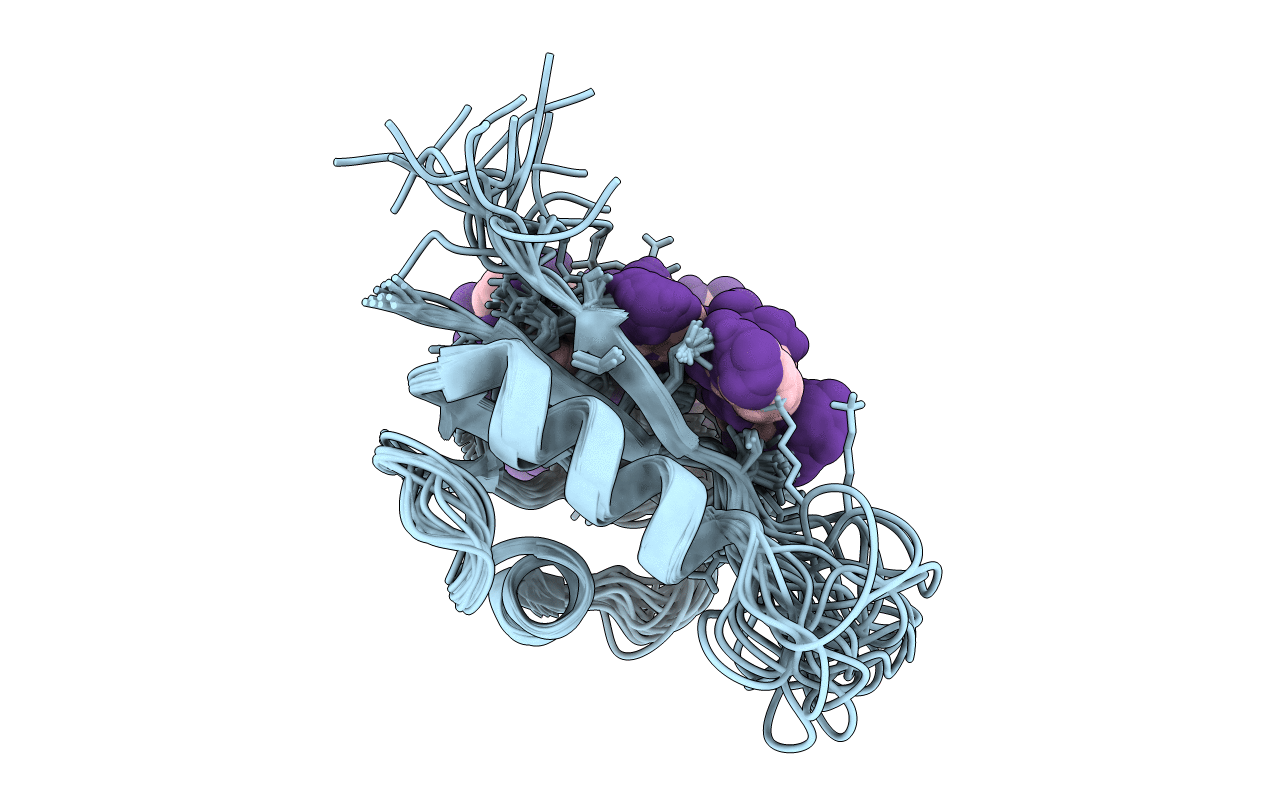
Deposition Date
2010-09-28
Release Date
2010-11-17
Last Version Date
2024-05-01
Entry Detail
Biological Source:
Source Organism:
Saccharomyces cerevisiae (Taxon ID: 4932)
Host Organism:
Method Details:
Experimental Method:
Conformers Calculated:
60
Conformers Submitted:
20
Selection Criteria:
structures with the lowest energy


